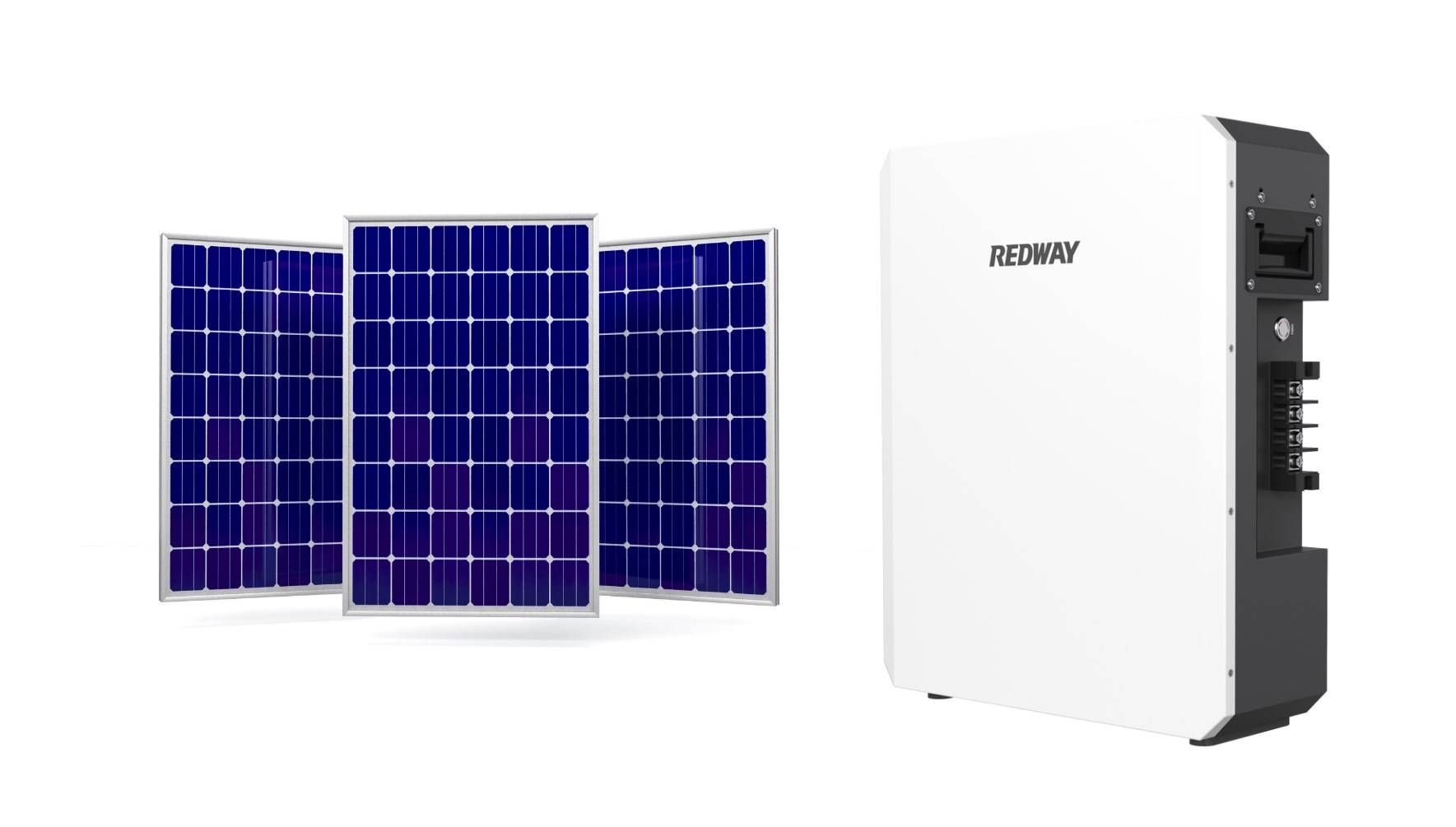To sync a lithium Home ESS with solar panels, connect the solar inverter to the battery system using compatible wiring. Follow manufacturer instructions for configuration settings to optimize energy flow between solar generation and storage.
Integrating a Lithium Home Energy Storage System (ESS) with your solar panels is a strategic move to optimize your energy consumption and enhance the efficiency of your renewable energy setup. Syncing these systems ensures that the energy generated by your solar panels is effectively stored and utilized, maximizing self-consumption and reducing dependency on the grid. This process hinges on a robust Battery Management System (BMS) that intelligently coordinates the interaction between your ESS and solar power input.
Understanding the Basics of Lithium Home ESS and Solar Panels
What is a Lithium Home ESS?
A Lithium Home ESS is a rechargeable battery system designed to store energy for residential use. These systems are particularly valued for their high energy density, long cycle life, and efficiency in charging and discharging. Lithium batteries, compared to their lead-acid counterparts, offer superior performance and durability, making them a preferred choice for home energy storage solutions.
The Role of Solar Panels
Solar panels convert sunlight into electricity through photovoltaic cells. This electricity can either be used immediately, stored in a home ESS, or fed back into the grid. The integration of solar panels with an ESS allows homeowners to harness solar energy during the day and store excess power for use during nighttime or cloudy days, thereby ensuring a consistent and reliable power supply.
Steps to Sync Your Lithium Home ESS with Solar Panels
1. Install a Battery Management System (BMS)
The first and foremost step in syncing your ESS with solar panels is installing a Battery Management System. A BMS is crucial as it oversees the operations of the battery, ensuring optimal performance, safety, and longevity. It manages the charging and discharging processes, balancing the load, and preventing issues like overcharging, deep discharge, and thermal runaway.
Choosing the Right BMS
Select a BMS that is compatible with your specific ESS and solar setup. Consider factors like voltage compatibility, current handling capacity, communication protocols, and additional features such as remote monitoring and diagnostics.
2. Connect the BMS to the ESS and Solar Panels
Once you have the appropriate BMS, the next step is to physically connect it to your ESS and solar panels. This involves:
- Wiring the BMS to the ESS: Follow the manufacturer’s instructions to connect the BMS to your battery system. Ensure all connections are secure and properly insulated to prevent electrical hazards.
- Integrating the BMS with Solar Panels: Connect the solar panel array to the BMS. This may involve additional components like charge controllers or inverters, depending on your setup.
3. Configure the BMS Settings to Synchronize ESS Operation with Solar Power Input
Configuring the BMS settings is crucial for seamless synchronization. This includes:
- Setting Charging Parameters: Define the voltage and current limits for charging the ESS. Ensure these parameters align with the specifications of your lithium batteries to avoid overcharging and prolong battery life.
- Discharge Settings: Configure the discharge parameters to ensure the ESS supplies power efficiently during low solar generation periods.
- Energy Flow Management: Program the BMS to prioritize solar power usage and manage the transition between grid power and stored energy.
4. Monitor and Optimize Energy Utilization for Efficient Performance
After the initial setup, continuous monitoring and optimization are essential to maintain efficient operation. Utilize the BMS’s monitoring capabilities to track energy production, storage, and consumption. Regularly check for:
- Performance Metrics: Monitor metrics such as state of charge (SoC), depth of discharge (DoD), and round-trip efficiency to ensure your system is operating optimally.
- Firmware Updates: Keep the BMS firmware updated to benefit from the latest features and improvements.
- System Maintenance: Perform regular maintenance checks on both the ESS and solar panels to identify and rectify any issues promptly.
Advanced Tips for Enhancing System Efficiency
Maximizing Self-Consumption
Maximizing self-consumption involves using the energy produced by your solar panels as much as possible. Here are some strategies:
- Load Shifting: Schedule high-energy-consuming tasks (like running dishwashers, washing machines, or electric vehicles) during peak solar production hours.
- Energy Storage Optimization: Use smart home systems to automate energy usage based on solar production and battery storage levels.
Smart Inverters and Home Automation
Integrate smart inverters and home automation systems to further enhance energy management. Smart inverters can optimize the conversion efficiency from DC (produced by solar panels) to AC (used by home appliances), while home automation systems can streamline energy usage across various devices.
Grid Interaction and Energy Export
Consider the policies and incentives in your area regarding grid interaction and energy export. Some regions offer feed-in tariffs or net metering, where excess energy fed back to the grid can earn you credits or payments, further enhancing the economic benefits of your solar and ESS setup.
Conclusion
Syncing your Lithium Home ESS with Solar Panels is a multifaceted process that requires careful planning, precise installation, and ongoing management. By installing a robust Battery Management System, ensuring proper connections, and configuring the system settings appropriately, you can achieve optimal energy utilization and efficiency. Continuous monitoring and smart energy management strategies will help you make the most of your renewable energy system, maximizing both environmental benefits and cost savings.
Embrace these best practices to ensure your home is powered sustainably and efficiently, contributing to a greener future while enjoying the financial and energy security benefits of a well-synced ESS and solar panel system.



